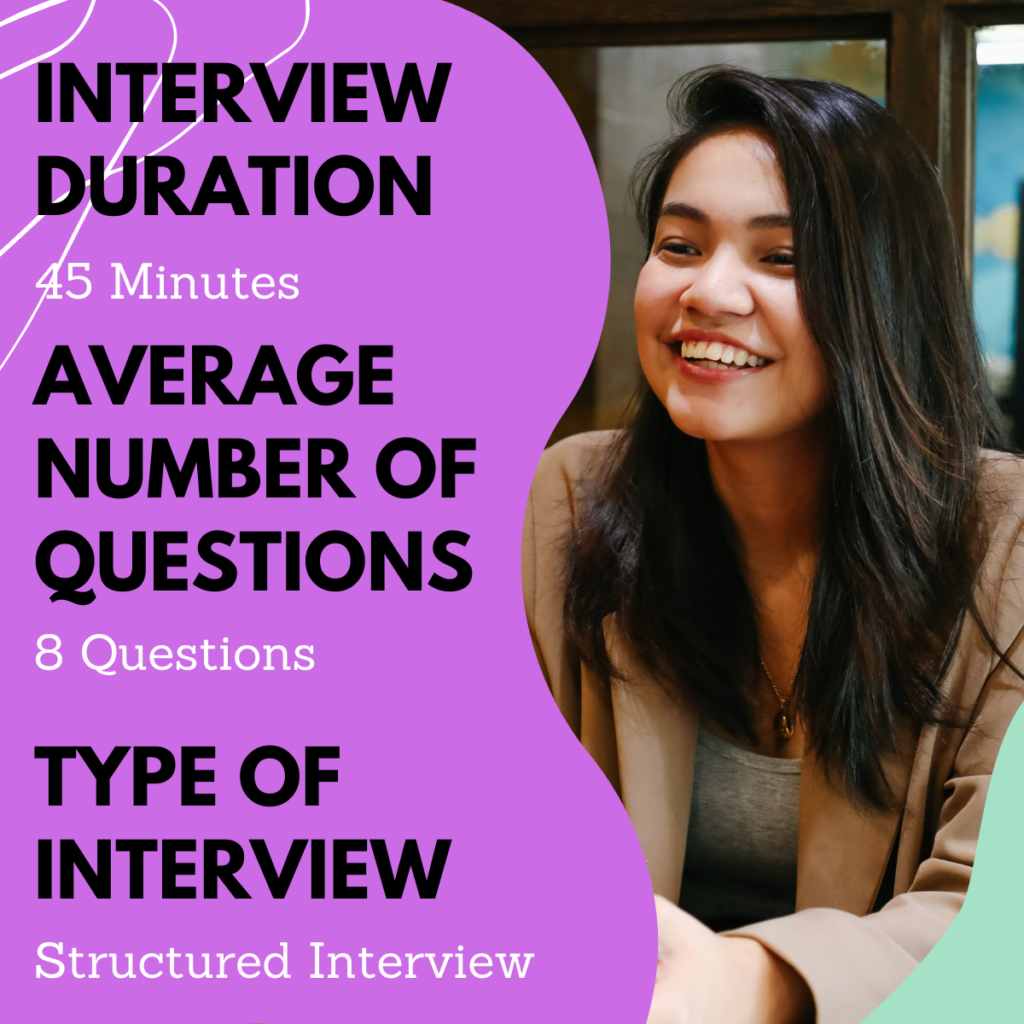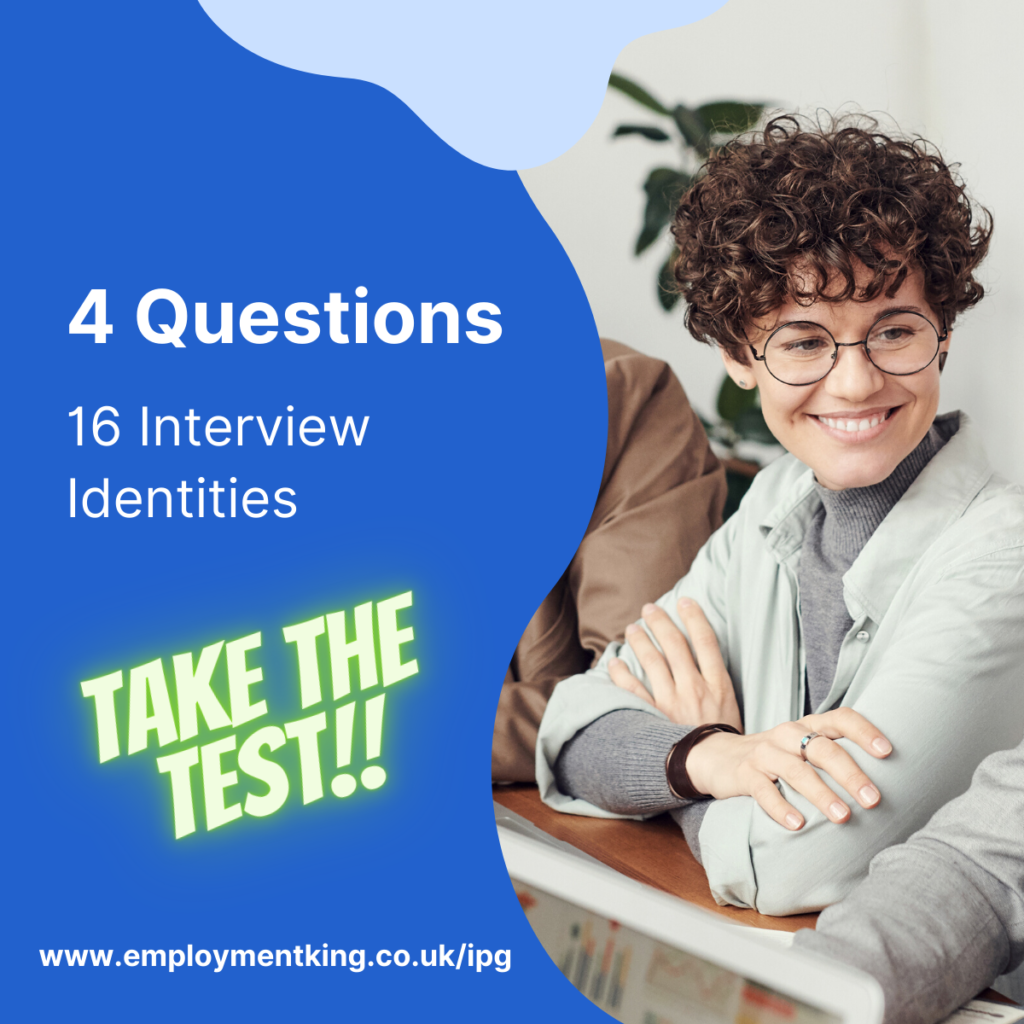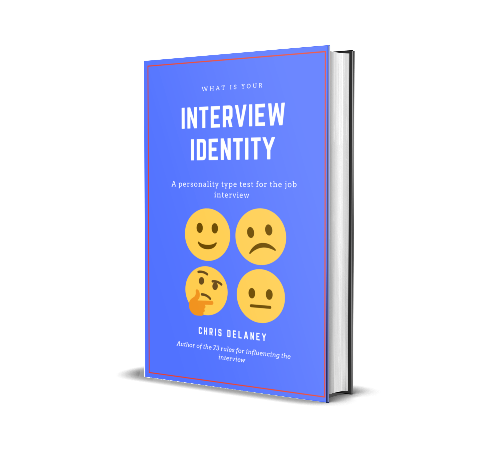Customer service manager job roles vary across a wide range of industries. Depending on the company the job title may differ:
- Customer service manager
- Customer care manager
- Customer relationship manager
In all customer service managerial role the main duties are similar; providing a customer focused service to exceed standards that results in an increase in customer loyalty.
In recent years, the role has evolved into customer service in the virtual world as well as physical customers.
A large part of the job role is to:
- Develop and implement customer service policies and procedures
- Use data to measure customer satisfaction, needs and sales
- Improve the overall customer journey
- Increase online positive reviews
- Manage a customer service team and/or collaborate with senior stakeholders
The job interview has a large focus on understanding the applicants approach and previous experience in excelling in improving customer service,
How competitive is a Customer Service Manager job interview?

Interview Specifics:

Can you demonstrate the relevant knowledge and experience to pass a Customer Service Manager job interview?
- Create a customer service process and procedure for business as usual tasks
- Lead on new customer service initiatives and project lead on customer service strategies
- Investigate and solve customers’ problems, which can include online negative reviews
- Authorise refunds or compensation to customers as required
- Analyse customer data and statistics to be used in project planning
- Develop customer relationship building activities
- Write detailed reports
- develop feedback or complaints procedures for customers to use
- Staff recruitment and management
Check the average pay for a Customer Service Manager job role.
Job Interview Questions and Answers for a Customer Service Manager.
Generally speaking, customer service managers for medium sized organizations will be invited to one structured job interview.
Senior managers overseeing customer service at a strategic level are likely to attend an average of three job interviews including a structured job interview, a strength-based interview and an assessment.
This article will cover the commonly asked interview questions for a customer service manager in a structured job interview.
Tell me about your experience in customer service management?
The initial job interview question is designed to check suitability – does the applicant meet the job criteria?
Opening questions are also generic, to help the interviewee to speak with a view that they will be more relaxed when asked specific job criteria questions later in the interview process.
A savvy candidate can use the opening question to help create intrigue by stating their unique selling points.
Interview Answer Template
“I am highly skilled in customer service management for roles. For the past (number of years) I have been responsible for (add job-related duty). This included (A, B, and C – give detail).
I possess a qualification in (add sector-related qualification) which taught me the importance of (sector-related model or theory), an example of using this in day-to-day tasks is when (add example).
My main strengths include (add unique selling point). To conclude, I am a skilled customer service manager with over X number of years experience, qualified to X level.”
Give me an example of how you would implement a customer service policy?
As one of the main job duties of a customer service manager, explaining the process what implementing a customer service policy is one of the key job interview questions.
The ‘policy’ question must be answered by using the interview answer model – ME (Model and Example).
The model and example interview formula is highly powerful when it comes to technical job interview questions.
By stating the model, in a step-by-step process, all elements of setting up a customer service policy will be discussed analytically, ensuring that all the job criteria on the interview scorecard is referenced.
Much research shows how storytelling increases the likelihood of passing a job interview. This is because stories create an emotional reaction in the hiring manager, and emotions are the doorkeepers to decision-making.
The power of emotions is the reason why a logical answer alone isn’t enough. Once a step-by-step process has been explained, a real-life example must follow.
Interview Answer Template
“Policy creation and implementation is one of my key strengths. The five steps for creating a policy are, 1. identify the need for the policy, 2. gather data to support the creation of the policy, 3. involve stakeholders and draft policy, 4. gain approval for senior managers, 5. implement policy.
An example of creating and implementing a policy is when I worked at X company. At the time (explain barrier/problem). To help define the policy I (searched for data) which helped to create a policy that embedded (a particular requirement). Also, I worked with (stakeholder) as they had a vested interest in the policy outcome. After the policy was approved by (manager/board) I created an implementation plan which included (actions with reasons).”
Describe your managerial style?
There are various management and leadership styles. In the main, most managers have a natural preference for one or two management styles.
Often employers are looking to hire managers who possess the management style that fits within the culture of their organisation.
Interviewees, if required, can review the employer’s culture to help prepare a high-scoring interview answer.
A safe way to answer the management style question is by explaining how you choose your management style based on the situation.
Interview Answer Template
“Situational leadership theory explains there are four key leadership styles; directing, coaching, supporting, and delegating. All managers have a natural tendency to prefer one style due to their temperament.
What an experienced customer service manager, such as I am, must do is choose the most suitable leadership style for each individual situation.
As an example, my natural preference is (name a leadership style). This is ideal when (state situation) but isn’t as useful in (second situation). In this situation, I would use (second leadership style).
I think one of the reasons for my successful career as a customer service manager, is my ability to manage tasks by reflecting on the situation, the project timeframe, and the skills of my team.”
How do you review customer standards within an organisation?
New customer service policies, processes, and strategic plans must be based on data.
Employers will check that a customer service manager makes logical decisions to create change through the analysis of data.
Customer service data can be gained from very sources:
- Surveys
- The number of customer complaints
- Monitoring social media
- Online reviews
- Increase or redcutaion in footfall/sales
The customer service answer is best answered using the STAR method.
The STAR method uses an example to show the candidate’s level of competencies.
STAR stands for Situation, Task, Actions, and Results.
Interview Answer Template
Situation – start the interview answer (the example) by describing in a few lines the situation that the company was facing.
“While working as a customer service manager at (company name) we analysed data that compared (a good vs bad customer service outcome)
Task – The task part of the STAR method should state the specific required task. The task is different from the situation (many interviewees miss the task section of the STAR method). The situation is the big picture, whereas the task is the specific plan the team/employee was required to complete
The data showed how we needed to (improve customer service outcomes). To achieve this, I was responsible for (describe task)
Action – Each stage of the STAR job interview method is more specific then the previous one. In the action section, the interviewee needs to explain what is was the did to help bring around a positive outcome.
The action segment is the crux of the job interview answer. The employer isn’t interested in what the team did or a generic cover-all description. Instead, the hiring manager wants data that they can cross-reference against the job criteria.
Specific information can be measured.
To ensure that the best action was achieved I first spent some time planning. There were two possible actions I could take, the first was X and the second Y. The advantage of doing X was (add detail) but the dis-advantage was (add detail). Whereas the disadvantage for Y was (give detail), put the pro’s included (give detail)
I choose (X or Y) because (reason). To start, I first (describe initial actions) as this (add outcome from initial actions). Next, I (describe actions) which helped achieve (outcome). Throughout the task I reviewed my actions to ensure that the task would be completed to the highest quality. Finally, I (add action).
Result – To end the STAR interview formula, the interviewee must state the result or outcome from the action described.
The result should be a positive outcome that helped achieved a particular goal.
My planning, reviewing and my ability to (describe a positive trait) ensured that we were able to (positive outcome) which had a massive effect on (part of the business)

Give an example of helping an underperforming employee to be more successful?
A large part of a customer service manager job role is the managing of staff.
Most questions, relating to performance, are framed as a ‘support’ question.
It is important to talk about a process for managing underperforming staff and to give an example. Again, this question is best answered using the ME – model and example formula.
Interview Answer Template
Not all underperforming staff members underperform for the same reason. As an example if a staff member was previously one of the best performing employees and only recently started to underperform, this maybe an indication that something may have effected that persons motivation or stress.
Compare that employee to a staff member who has underperformed no matter part of the business they are working with.
Generally speaking, if an employee has started to underperform whereas the rest of team is performing well, indicating that the underperforming employee needs support tor motivating I following the three stages that most HR teams embed in their policies: review, training, disciplinary,
The initial stage is bringing the underperformance to the team members awareness, asking, in a 1-2-1 what support they need from myself? This is an informal discussion, that can lead to some actions being agreed.
If performance doesn’t improve, the next meeting is formal with an action plan being created. The action plan can include training, mentoring, work shadowing and a list of priorities action for the employ. The idea is that following the plan will naturally improve performance. The main discussion should challenge the employee to help understand the reason behind the underperformance.
Finally, if performance still hasn’t improved over the duration set out in the action plan, then a more formal meeting will be had that involves the HR team. In short, as a manager i would try to do what I can to support an employee until it is required for HR to get involved.

Do You Have Any Questions for the Interview Panel?
- What areas is the business looking to expand into?
- What development opportunities are available to new staff members?
- What is the company’s biggest barrier to achieving its KPIs?
- Who would you say is the company’s biggest competitor?
- How would you describe the culture of the company?






